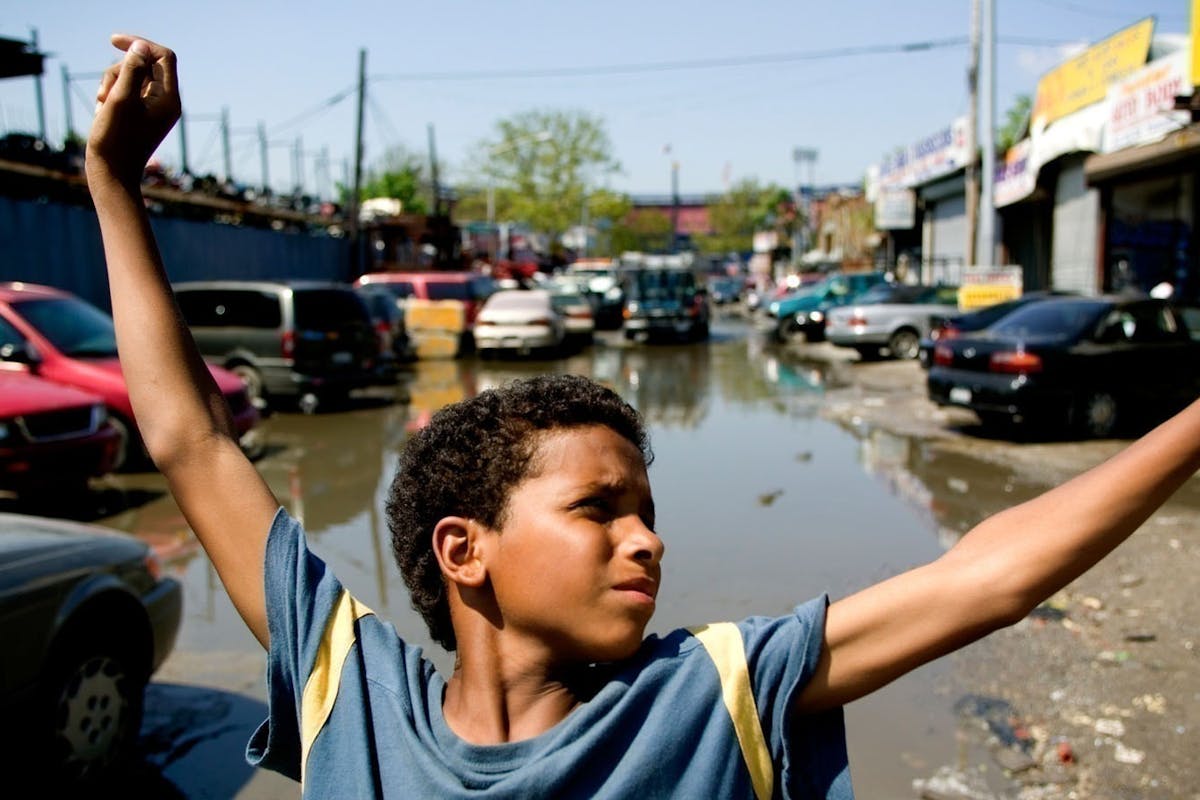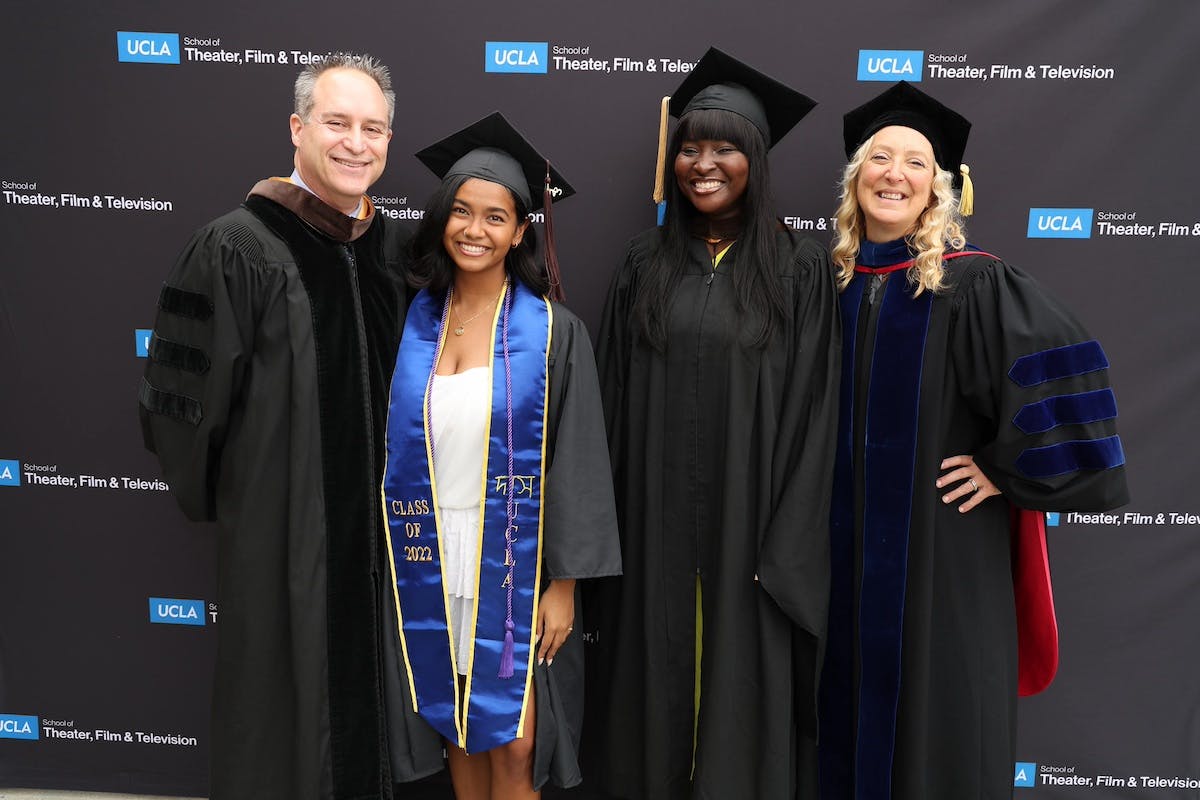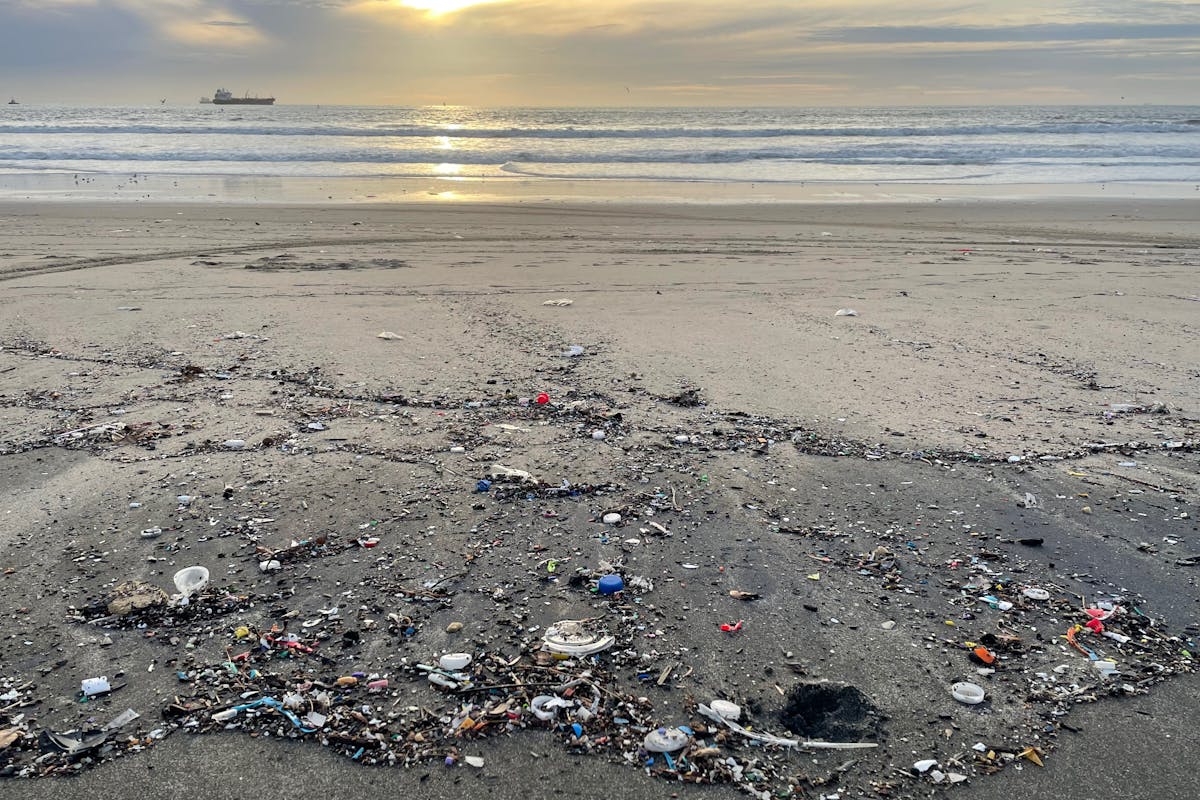American Neorealism Now

In Paris, the Cinémathèque française is currently presenting a program of twenty essential classics of Italian neorealism. We tend to think of this immeasurably influential movement as one born of necessity. After the Second World War decimated the Italian economy, so the story goes, filmmakers had little choice but to cast nonprofessional actors, shoot on location, and depict the struggles of the poor and the working class. But Luchino Visconti’s Ossessione (1943), often cited at the first significant Italian neorealist film, was made two years before Mussolini’s government fell.
As Pasquale Iannone pointed out in a piece for the BFI in 2014, Italian neorealism was “above all a reaction to the studio-bound, Hollywood-influenced productions of the Fascist years (the so-called ‘White Telephone films’). Its proponents—[Roberto] Rossellini, Vittorio De Sica, Luchino Visconti, Giuseppe De Santis, and Carlo Lizzani among others—were determined to take their cameras to the streets, to reflect the ‘real Italy,’ which for years had been absent from Italian cinema screens.”
Starting Friday, the UCLA Film & Television Archive will present American Neorealism, Part Two: 1984–2020, the pandemic-delayed second half of a series put together by preservationist Ross Lipman and programmer Paul Malcolm. In their notes for the first half, which ran in early 2020, Lipman and Malcolm credited filmmaker Thom Andersen (Los Angeles Plays Itself) with coining the term “American neorealism” and noted traces of the Italian version in such films as Robert Rossen’s Body and Soul (1947), Jules Dassin’s Thieves’ Highway (1949), Morris Engel’s Little Fugitive (1953), John Cassavetes’s Shadows (1961), and Shirley Clarke’s The Cool World (1964).
This year’s program opens with Songs My Brothers Taught Me (2015) and The Rider (2017), the two features Chloé Zhao made before scooping up Venice’s Golden Lion and a couple of Oscars for Nomadland and then making The Eternals for Marvel. On Saturday, Charles Burnett will be on hand to talk about My Brother’s Wedding (1983), which has been paired on a double bill with Residue (2020), the first feature from Merawi Gerima, the son of filmmakers Haile Gerima and Shirikiana Aina. Burnett worked as a cinematographer on Haile Gerima’s Bush Mama (1979) when they were at UCLA inadvertently launching another movement, the L.A. Rebellion.
Roberto Minervini will be in town to present The Other Side, his 2015 portrait of the Deep South that many—including Minervini himself—argue should have been seen at the time as a forewarning of the Trump presidency and insurgency to come. Ronald Bronstein will discuss his ferocious Frownland (2007), which will screen with Kelly Reichardt’s Wendy and Lucy (2008) as a sort of social-outcast double feature. When Eliza Hittman’s Never Rarely Sometimes Always (2020) screens on July 16, there will be a discussion of the current state and fate of Roe v. Wade.
Ramin Bahrani will present Man Push Cart (2005) and Chop Shop (2007) and Allison Anders will wrap the program on July 31 with Border Radio, the 1987 film she codirected with Dean Lent and Kurt Voss. Lipman and Malcolm note that this half of the series offers “an abundance of cinematic riches that defies the whole idea of canonical containment. America as a multi-faceted panoply of different lives is nowhere so present as in these films. Indeed, the films presented in Part Two reflect, in their very DNA, the sheer diversity of today’s America."

